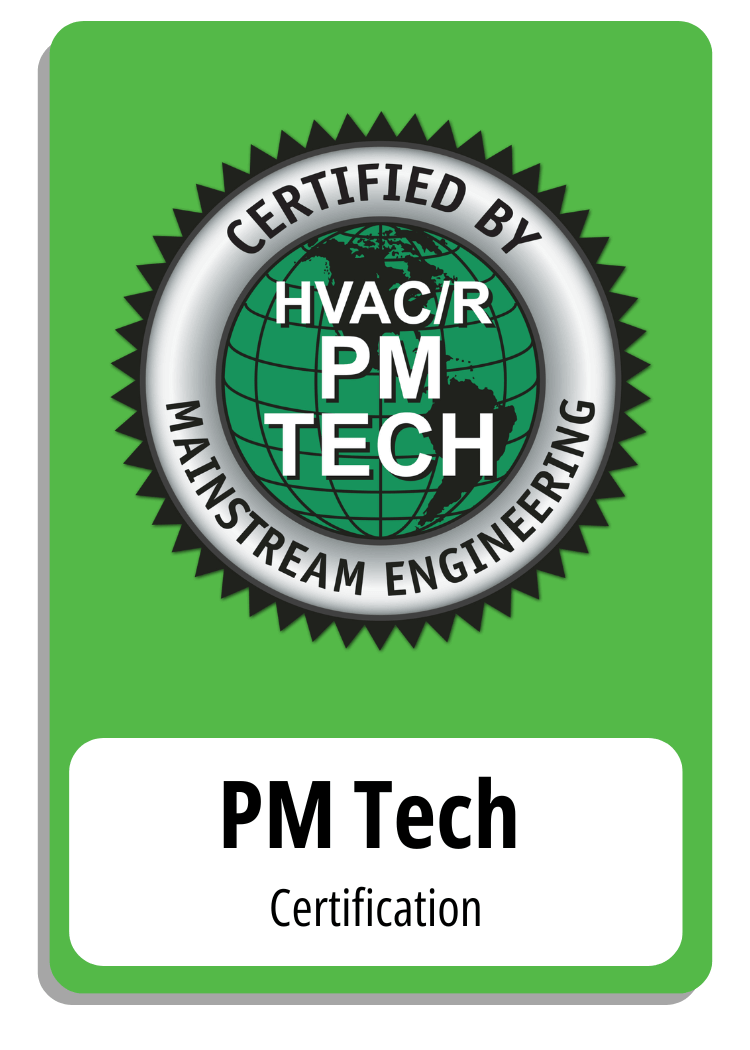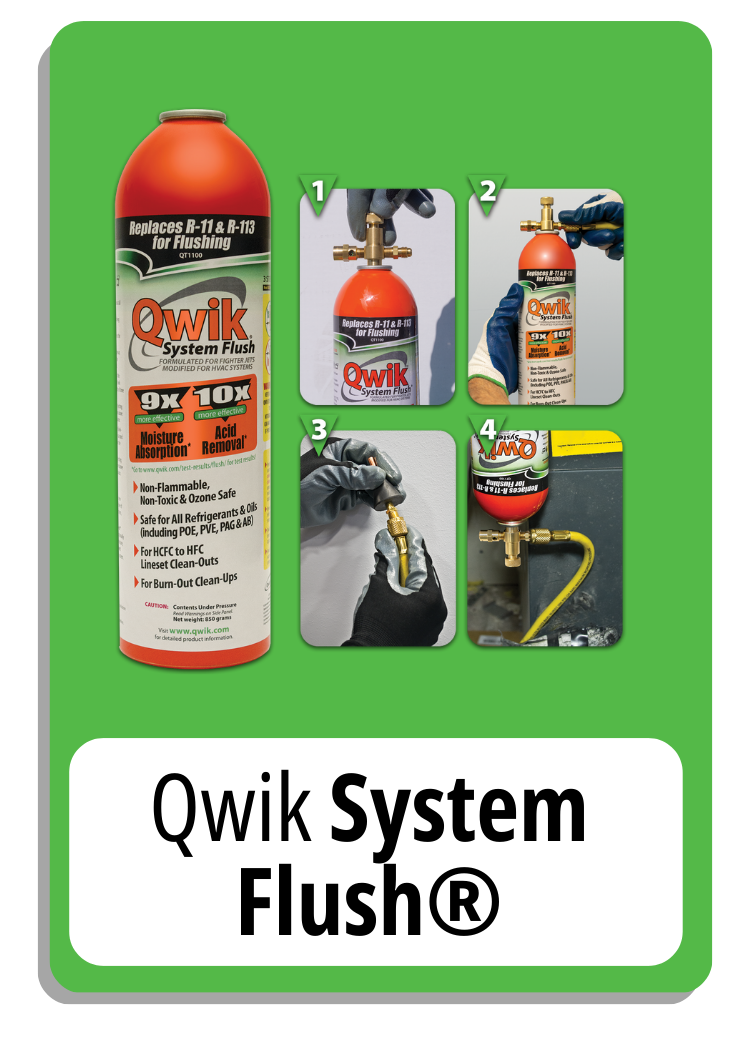The Good, The Bad, and The Acid in Refrigerant Lines
When it comes to maintaining HVAC systems, one of the critical aspects that often goes unnoticed is the presence of acid in refrigerant lines. Acidic conditions can severely shorten the operating life of a unit, causing extensive damage if left unchecked. Acid is often the result of moisture in a system and other chemical reactions with impurities. Acid can accumulate in line sets that are older, have been repaired, reused, or have had major components replaced. Once the chemical foundations for acid formation have been initiated, elevated temperatures then accelerate the instability of the refrigerant and cause the formation of acids.
The Good: Early Detection is Possible
Catching acidic conditions early can save you a lot of trouble and money. If detected in the initial stages, acid buildup in refrigerant lines can be cleaned up easily before it causes any significant damage, such as a compressor motor burnout. Regular acid inspections and preventive maintenance can help identify these acidic conditions before they escalate.
The Bad: Repairs After a Burnout Are $$$
If acidic conditions go unnoticed and a compressor burnout occurs, the situation becomes much more complex and costly. Proper cleanup after a burnout is challenging and usually involves substantial repairs. These repairs often include costs for a new compressor, new refrigerant, and sometimes, an entirely new HVAC system. The financial implications can be significant, not to mention the inconvenience of a malfunctioning HVAC system.
QwikCheck: 2-Seconds Acid Check
Luckily, checking for the presence of acid in your refrigerant lines is quick and straightforward. With QwikCheck, it takes less than two seconds to perform a simple acid test, which can prevent extensive damage and costly repairs down the line. QwikShot and QwikFlush are two solutions that help remove acid when it's found. To learn more about how it works, see our article on Refrigerant Treatment 

When to Check
- During routine preventive maintenance inspections: Regular maintenance is the best time to check for acid. These inspections help catch any early signs of acidic conditions.
- If there's a leak or a leak has been recently resealed: Leaks can introduce moisture and contaminants, leading to acid formation.
- If there's a suspicious smell coming from the unit: Unusual odors can be a sign of chemical reactions occurring within the unit.
- After flushing and recharging an old line set: When an old line set is flushed and recharged, it’s crucial to check for acid to ensure the new refrigerant isn’t compromised.
- Anytime the line set has been exposed to air: Air can introduce moisture, leading to the formation of acid. Check the lines to see if they’ve been exposed.
Maintaining the health of your HVAC system requires vigilance and regular maintenance. Acid in refrigerant lines can cause severe damage, but early detection and routine checks can prevent costly repairs and system failures. By incorporating these checks into your maintenance routine, you can ensure the longevity and efficiency of your HVAC system, keeping it running smoothly for years to come.













